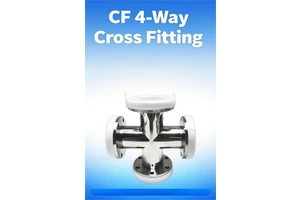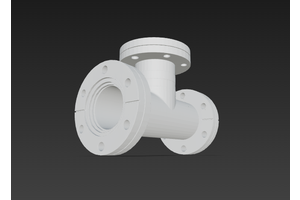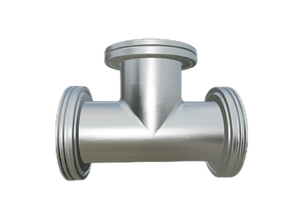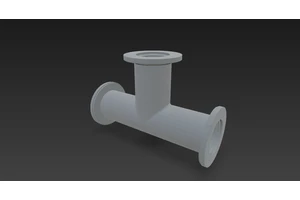Applications of Vacuum in Transport, Attraction, Lifting, and Vacuum Molding Equipment
Vacuum technology plays a pivotal role in various equipment designed for transport, attraction, lifting, and vacuum molding by leveraging the pressure differential between a vacuum and atmospheric pressure to perform work. This mechanical energy, characterized by uniform pressure distribution, can be applied seamlessly across any shape or plane. The versatility of these vacuum devices finds extensive application in industries ranging from food processing (such as fish, grain, flour, coal powder) to construction materials (cement, precast slabs), environmental cleanup (suctioning radioactive dust after atomic explosions), medical procedures (like fetal aspiration during abortions), and more. These applications are marked by their simplicity, ease of operation and maintenance, vibration-free performance, high efficiency, safety in handling delicate items, and environmentally friendly nature.
Vacuum Transport, Attraction, and Lifting Equipment
In sectors like agriculture, manufacturing, and healthcare, vacuum-based machinery is employed for tasks such as drying airport runways and highways, lifting operations within workshops and on machine tools, transporting glass, and suctioning bodily fluids. The inherent properties of vacuum systems ensure they are particularly adept at securely moving fragile or powdered goods without causing damage or pollution.
Vacuum Molding
The principle of pressure difference also underpins vacuum molding, which has seen growing adoption in creating intricate models and components. Applications range from military topographical maps and braille books to advanced ceramics, concrete prefabricated parts, home appliance panels, toys, replicas of bas-reliefs and artifacts, as well as specialized components in electronic devices. This technique enables precise shaping and replication, offering significant advantages in quality and detail over traditional methods.
Vacuum Filtration and Impregnation
Furthermore, vacuum mechanics find utility in filtration and impregnation processes. Continuous vacuum filtration has become a staple in chemical, sugar, and cement industries for efficiently separating large volumes of viscous suspensions into solid and liquid phases. Similarly, vacuum impregnation—a process involving the evacuation of air from porous materials followed by immersion in liquids—enhances product quality in applications like oil-impregnated bearings, fishing nets, leather products, non-electrolytic capacitors, and transformer motor stator coils. Additionally, this method has been successfully employed to improve low-quality wood through polyester resin infusion and to treat pencil wood with wax, effectively transforming inferior materials into superior ones.
In summary, the application of vacuum technology spans a broad spectrum of industries, driving advancements in productivity, quality, and environmental sustainability. Its unique capabilities make it an indispensable tool in modern manufacturing and beyond, promising continued growth and innovation.





